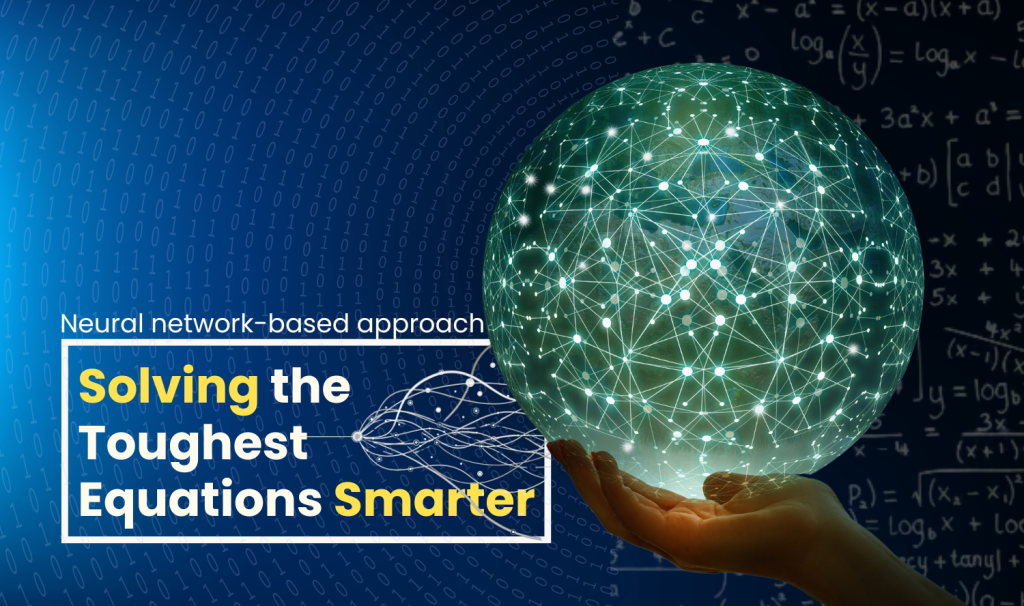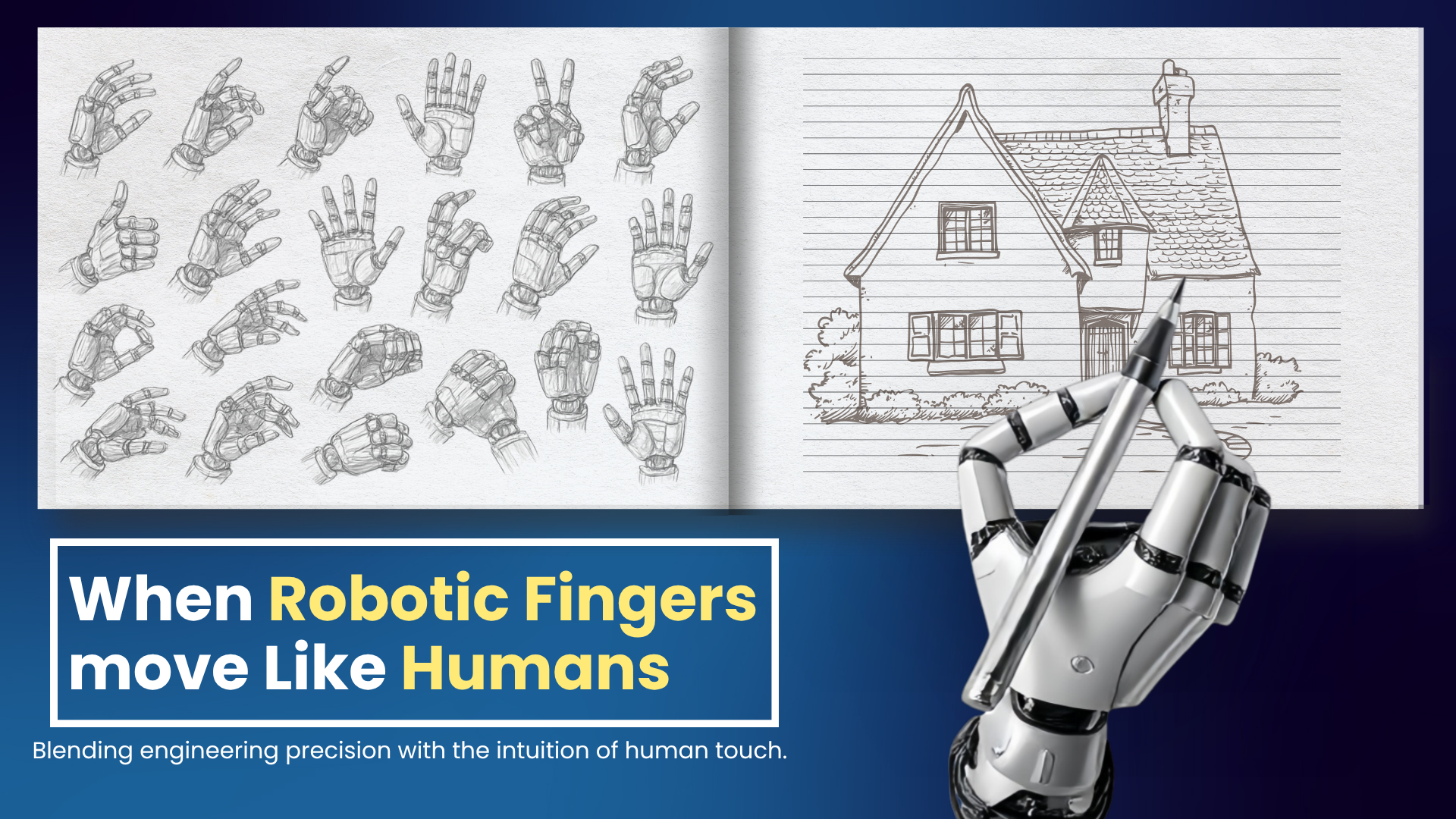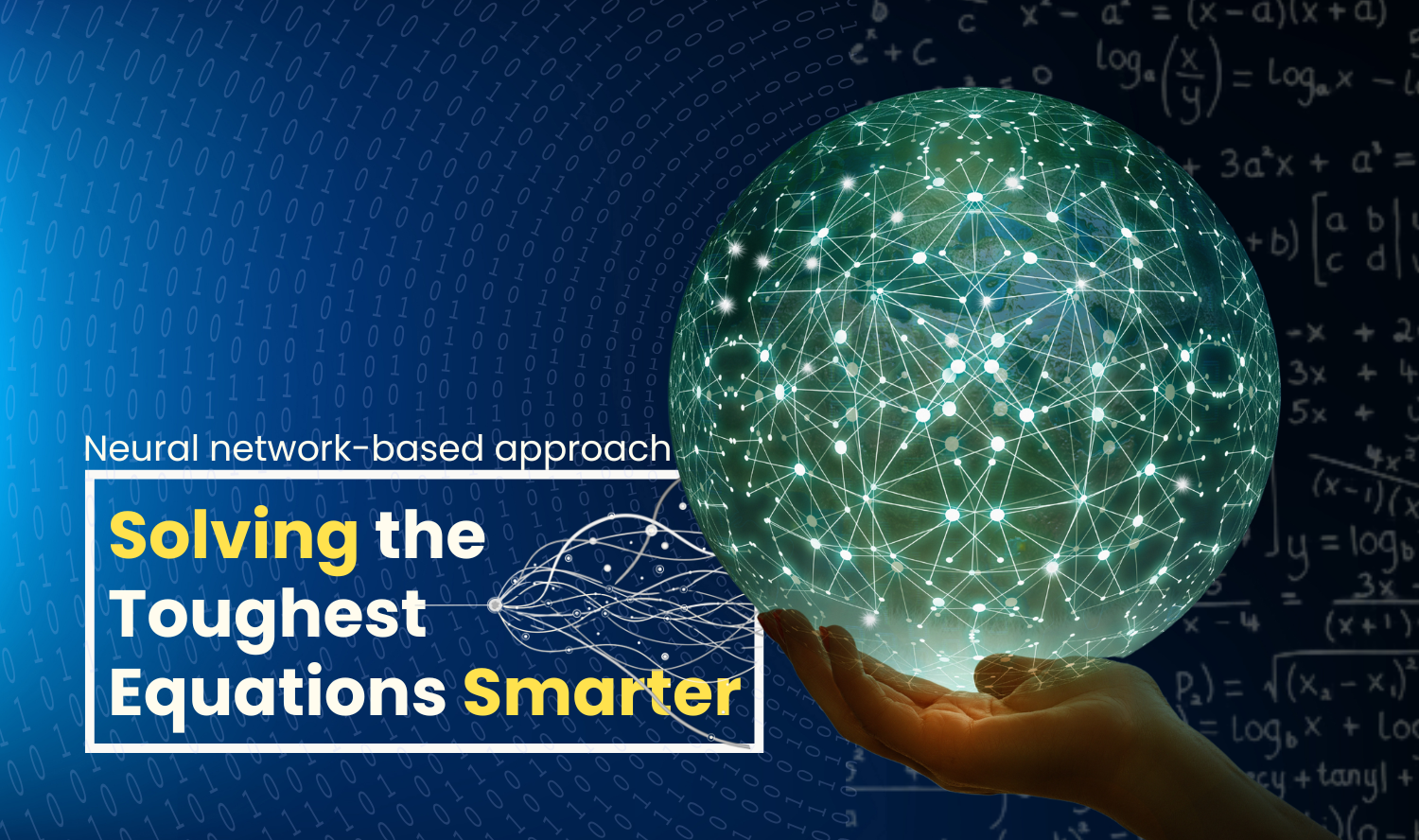
Mathematics is considered to be the language of the Universe. So what could be the language of the language? Differential equations are the language of science and engineering, and find application in almost all the branches of science, such as, physics, astronomy, chemistry, mechanics, etc. They have practical applications as they describe how systems evolve. They find use in motion, electromagnetism, circuits, control systems, and so on.
Numerical methods are used to solve differential equations, especially nonlinear and complicated ones. Although numerical methods are systematic way to solve differential equations, they have drawbacks that they are often time-consuming and computationally expensive.
Therefore, in this study, the authors Ms. Shilpa Dey and Prof. Shruti Dubey from the Department of Mathematics, Indian Institute of Technology (IIT) Madras, Chennai, India, have looked into neural network methods to solve differential equations.
Neural networks, or artificial neural networks (ANNs), are networks that try to mimic the way the human brain works. They are made up of layers of interconnected nodes or neurons.
All neural networks consist of the following – an input layer, where raw data is taken in; hidden layers, where the calculations occur; and the output layer, where the final result is produced.
Neural network methods to solve differential equations have the following advantages:
- The solution produced by a neural network is in a closed analytic form, applicable for any subsequent calculations.
- Neural networks are used to create a solution that has excellent generalization abilities.
- The ANN model does not require the discretization of derivatives, which makes the model more efficient and accurate.
In this study, neural network approach is proposed for implicit boundary value problems where differential equation is subject to the implicit boundary conditions. Implicit boundary conditions are boundary conditions in which the values of the solution (or its derivatives) at the boundary are specified through a relation or equation involving the unknown function, rather than being given directly. The importance of such problems lies in a fact that many physical systems, such as, in fluid mechanics, heat flow or electromagnetic fields, naturally give rise to implicit boundary conditions as these conditions often provide more realistic and flexible formulations of differential equations, and in some contexts they can also enhance the stability of the solution.

The considered Orthogonal polynomial-based neural network (ONN) utilizes a feed-forward neural network, the simplest neural network, where there is only one input layer, one hidden layer, and one output layer. In this study, the hidden layer is replaced by a functional expansion block utilizing orthogonal polynomial. Orthogonal polynomials are special type of polynomials that satisfy the orthogonality relation :
The 4 orthogonal polynomials – Legendre polynomial, Laguerre polynomial, Chebyshev polynomial, and Hermite polynomial are taken into account and network is trained with the ELM (extreme learning machine) algorithm. The results are evaluated and compared with the exact solution.
It is found that the neural network solutions are obtained with better accuracy when compared with the numerical methods. This approach is found to be simple to implement and offer robust framework for solving differential equations with complex boundary conditions.
Implicit boundary value problems are successfully addressed, yielding closed form solutions that are highly valuable for real-world applications. Further, the proposed approach for solving implicit problems enhances the applicability of orthogonal polynomial-based neural network with ELM.
In future, the authors will integrate the orthogonal polynomial-based neural network method combined with the ELM algorithm to solve delay differential equations and fractional differential equations with implicit boundary conditions. As the ELM approach faces certain difficulties in handling nonlinear differential equations, the authors will address and overcome these limitations, advancing its capability in complex problem-solving.
Dr. Manoj Thakur, from the School of Mathematical and Statistical Sciences, Indian Institute of Technology (IIT) Mandi, Mandi, India, acknowledged the uniqueness and importance of the work done by the authors with the following comments: “The article “Orthogonal polynomial-based neural network solution for differential equations with implicit boundary conditions” presents an innovative approach that combines the power of orthogonal polynomials with neural networks to tackle complex differential equations.
The methodology is both elegant and efficient, particularly in handling implicit boundary conditions, which are often challenging and frequently encountered in fields such as heat transfer, fluid mechanics, and electromagnetics.
The authors’ method stands out for producing closed-form solutions with superior precision and reduced computational effort compared to traditional techniques. In the current era, where data-driven and hybrid analytical techniques are increasingly required to model intricate systems, this work is both timely and impactful. It aligns well with contemporary scientific demands and opens new avenues for accurate and robust simulations in applied problems.”
Article by Akshay Anantharaman
Click here for the original link to the paper










